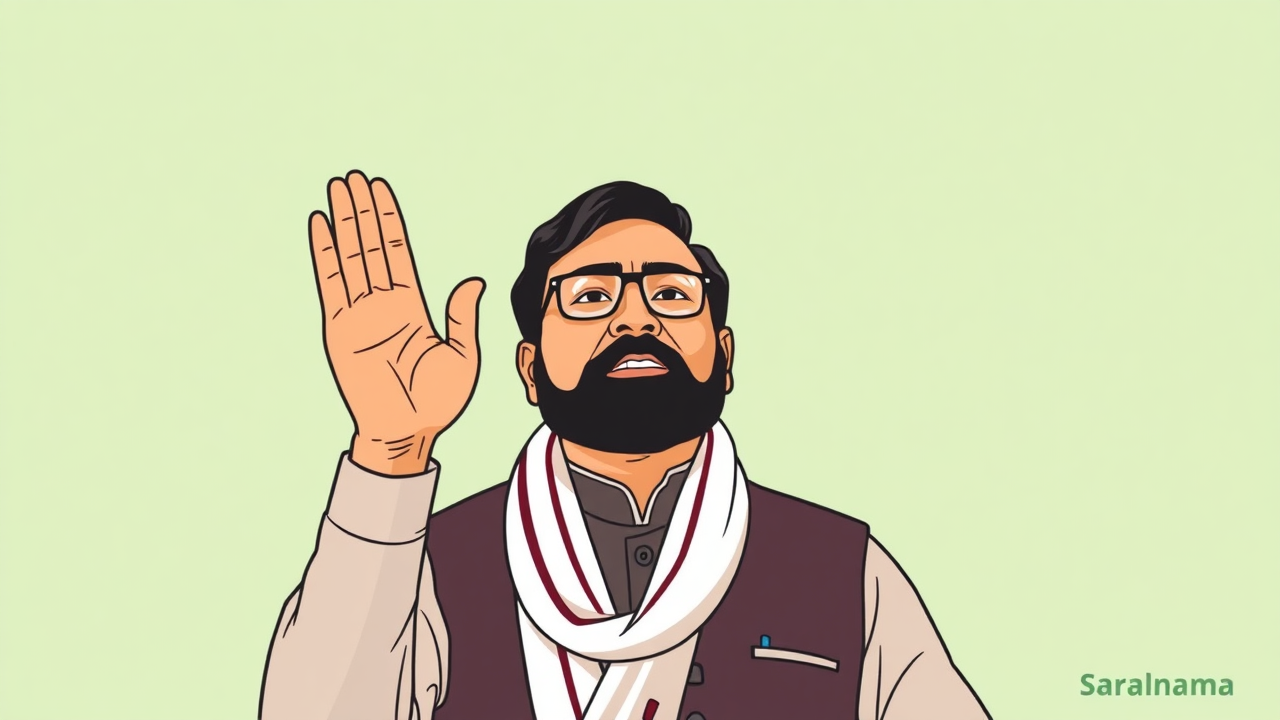Nitish Kumar, leader of the Janata Dal (United), has changed political alliances multiple times over the past decade. His decisions to join or leave the National Democratic Alliance have significantly impacted election outcomes in Bihar. The partnership between JD(U) and Bharatiya Janata Party has generally delivered strong results since 2005, when Nitish first became Chief Minister. However, when JD(U) contested independently in 2014, it won only two Lok Sabha seats. The alliance has proven beneficial for both parties, with combined victories in several elections. Nitish left the NDA in 2022 to form a government with Rashtriya Janata Dal and Congress, but this arrangement lasted less than two years. He returned to the NDA before the 2024 Lok Sabha elections, delivering the Opposition a major setback. His frequent switches have shaped Bihar's political landscape considerably.

Electoral Success Through Strategic Alliance Shifts
The JD(U)-BJP partnership achieved comfortable majorities in the 2005 and 2010 Assembly elections, crossing the 122-seat mark in the 243-member House. When JD(U) contested alone in 2014, it secured merely two Lok Sabha seats while NDA won 31 of 40. After forming the Mahagathbandhan government with RJD in 2015, Nitish returned to NDA in 2017. The 2019 Lok Sabha polls saw JD(U) win 16 of 17 contested seats with BJP support, as NDA captured 39 seats statewide. In 2020 Assembly elections, NDA narrowly won 125 seats despite JD(U) winning only 43 compared to BJP's 74. The 2024 Lok Sabha elections again proved successful, with both JD(U) and BJP securing 12 seats each, limiting Opposition to just nine seats.
Source: Link
